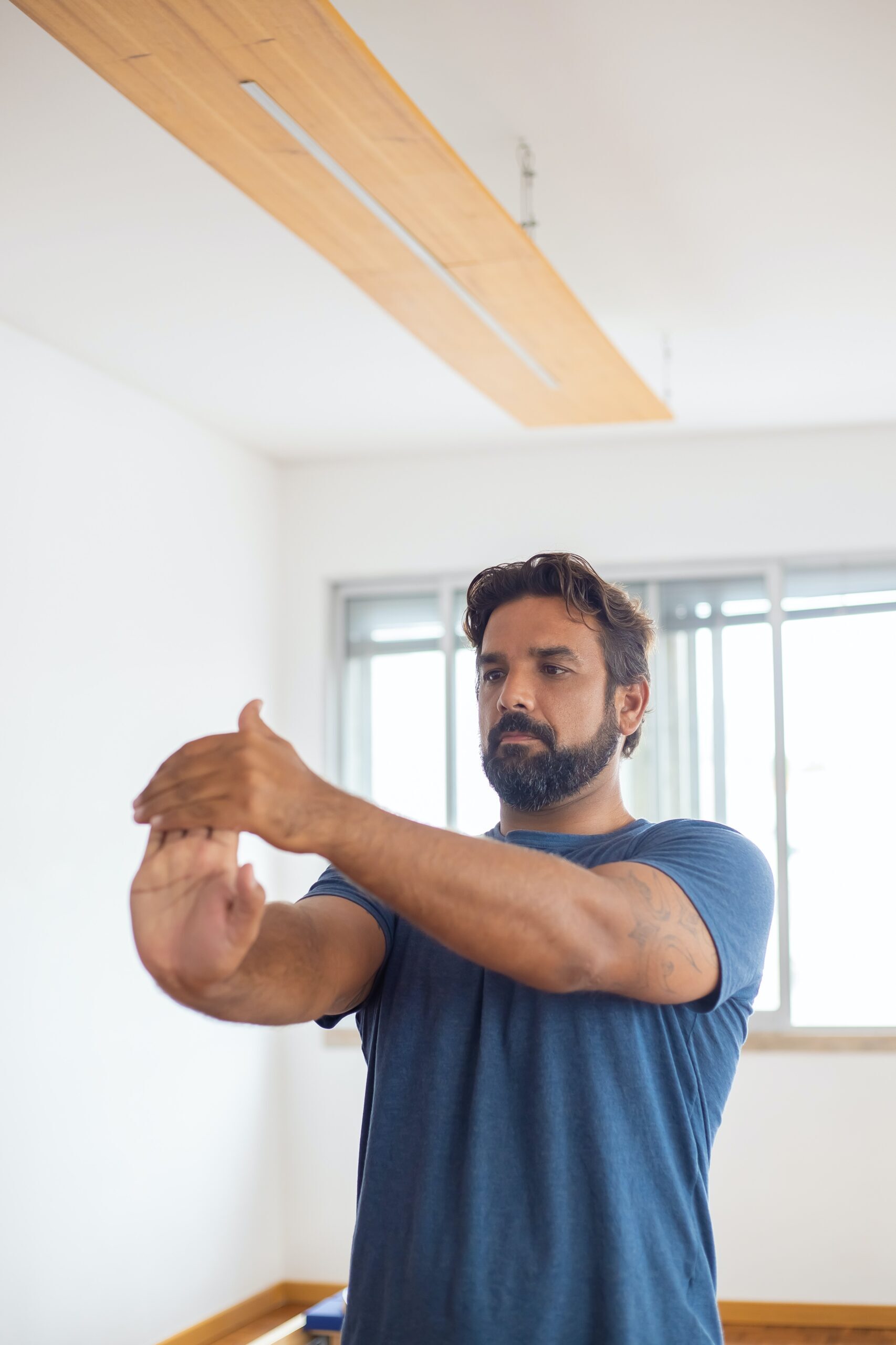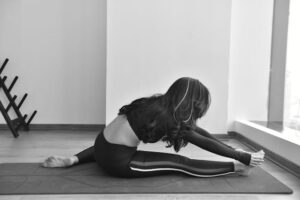
Safe home workouts may help strengthen your lower body, improve your balance, and minimize your overall risk of falling, among other health advantages.
Always be with your physician before commencing a home exercise regimen. A physical therapist (PT) will assess your balance and offer exercises suitable for your unique requirements and objectives and that you can undertake safely at home.
1. Utilize the Appropriate Equipment
Consult your physical therapist to ensure that you have the necessary workout equipment at home. The majority of exercises may be completed without equipment and are adapted to each patient’s unique healing requirements.
Depending on the patient, exercises may be done from the sofa or bed, on the floor, standing up, or using a chair for balance. However, your activity may need the use of small dumbbells, resistance bands, or a foam roller.
Plan. Assemble all necessary equipment before beginning your program with the assistance and suggestion of your physical therapist.
2. Standing or Walking Heel-to-Toe
Place one foot precisely in front of the other so that the front foot’s heel contacts the rear foot’s toe. Maintain the posture for as long as possible, up to thirty seconds. As this gets easier, attempt a few heel-to-toe steps as if walking on a tightrope. Bear in mind that you will need something to grab onto for safety.
Numerous reasons may lead to an inability to maintain balance and fall. Certain physical therapists specialize in balance and fall prevention.
3. Mirror Therapy for Hand Rehabilitation.
Mirror therapy is one approach for reactivating the impulses from the hand to the brain, which is particularly beneficial for those who have hand paralysis or severely restricted hand mobility.
This form of stroke rehabilitation includes covering the damaged arm with the reflection of the functional arm using a tabletop mirror. Then, while staring at the mirror, you execute hand therapy exercises.
While you are aware that you are just moving one hand, it fools the brain into believing that you are moving both. It contributes to the activation of neuroplasticity and the gradual improvement of mobility in the afflicted hand.
4. One-Legged Stand
Maintain balance on one leg for as long as possible, up to 30 seconds. Keep an eye out for a robust support structure to which you may cling if necessary. Alternate legs and repeat 3-5 times each leg.
As this grows easier, push yourself by doing other things like brushing your teeth, conversing on the phone, or cleaning the dishes while standing on one leg. In this manner, balance exercises may be included in your routine.
5. Daily Exercises for Stroke Rehabilitation
While exercise focuses on muscular strength, stroke recovery exercise engages the brain, which sends signals to the muscles to move. Rehabilitation focuses on enhancing neuroplasticity, the process through which the brain rewires itself and acquires new abilities.
After a stroke affects a brain region, neuroplasticity creates new connections to healthy areas of the brain. By regularly doing rehab activities at home, you provide the brain with the stimulus it needs to rewire itself and enhance function. Muscular strengthening is also an objective of stroke recovery to overcome muscle atrophy caused by inactivity.
Additionally!
Create an enabling environment for success
A well-lit, secure location is critical to the success of any home fitness routine. Make space for exercising. Place a yoga mat on the floor, have a water bottle close, and put on some music.
Three-Way Kicks from a Standing Position
Slowly elevate your second leg out in front of you while standing on one leg (with a soft, unlocked knee). Maintain as much straightness as possible in your outstretched leg and bring it back to the center. Then, gently raise the same leg out to the side and return to the starting position, do it repeatedly. By eliminating the supporting surface, your PT may enhance the difficulty of this exercise.
Conclusion
Physical therapy is helpful to those who have had specific injuries, impairments, or other health problems. A person should consult with a physical therapist or another healthcare expert for further information on the advantages of physical therapy. Good luck!


